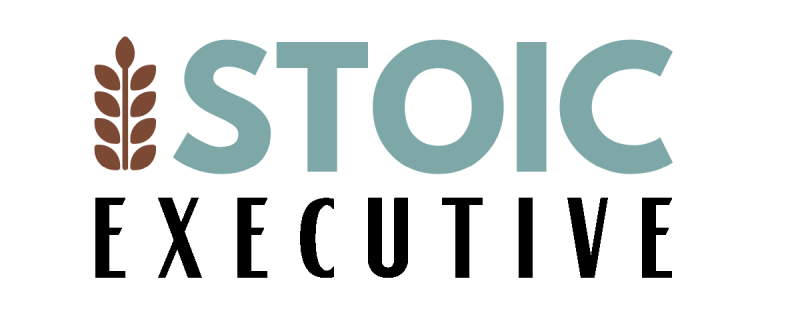Cultivating Authenticity in the Workplace: A Guide for Professionals
I believe the future belongs to the Authentic.
Think of how much the curtain has been pulled back on everything we see, read, watch, and hear. The average citizen is without a doubt more cynical than their grandparents, conditioned to believe that politicians are likely fudging the truth, advertisements are exaggerating, and that influencer in our newsfeed is a huckster.
In an era where we’re skeptical of everyone and everything, the way to stand apart from the crowd is to practice radical authenticity.
It can feel risky at times to embrace our authentic selves in the office. As professionals, we are often encouraged to present a certain image in the workplace. We may feel pressure to conform to expectations set by our colleagues or superiors, to impress others, and to maintain a certain level of professionalism.
This makes it hard to bring your authentic self to the workplace. But until you can be comfortable being your true self in your work you will be leaving the most powerful aspects of your full potential behind, thus shortchanging your career and potential. Most of us are doing this. Getting through the day posing and pretending to be something we are not. I certainly did/am. I’m working on it every day. It never fails, when I’m worried about disappointing someone or being judged, but I take that risk of being me, I end up feeling more connected and more confident, relationships improved, and feeling freer.
You often have to disappoint someone, don’t let it be you.
Let your true self out. It’s no small feat. Some leaders worry about undermining themselves through authenticity. There is an episode of The Office in which Michael starts off owning up to a mistake and being authentic. His employees clearly appreciate his candor – only for him to self-destruct in typical Michael Scott fashion and take his self-criticism just too far and creating a deeply uncomfortable environment.
In real life, I’ve never seen a leader go too far. The vast majority of us are, in fact, not going far enough in embracing our true selves. That’s a missed opportunity because authenticity is crucial for connecting with others and building relationships. In order to lead and influence others, we must first be able to connect with them on a deeper level. This is not achieved through impressing others, but through being vulnerable and showing our true selves.
But if that is scary, then you can start small. Show off your tattoos, admit your weaknesses, show off your strengths, ask for help, own mistakes, say you are sorry, tell people about your challenges, even some failings, tell people their idea is better than yours when it is, work from home if that’s where you do your best, dress in a way that appropriately expresses who you are, dye your hair if that’s your thing, and express your crazy ideas without fear.
As you move toward being who you truly are you will feel more free, confident, and thus will be accessing so much more of your potential.
We do a disservice to those around us when we fail to be true to ourselves. People may not directly express their disappointment, but it is often what they need to see the best version of us. And to be a true leader, we must discover our unique style that works best for us. When we are in “the flow,” we are confident, self-assured, and highly productive.
However, this state of mind is fleeting for most of us. We must find our way – and not play someone else’s game. We should be honest with ourselves about our insecurities and weaknesses. For instance, we may not be great at a certain skill set like, say, public speaking – and that’s okay. Everyone has their strengths and weaknesses, and we should be honest about them. Revealing our vulnerabilities can improve our relationships with our teams because they already know our shortcomings. To be a true leader, we must own our weaknesses, focus on our strengths, and be true to ourselves.
So, how can we cultivate authenticity in the workplace?
· It starts with self-management techniques that help us explore and understand our own authenticity. The tools that help us achieve this shouldn’t be a major surprise – meditation, journaling, proper diet, sleep, exercise, and daily self-accountability check-ins. By tapping into our best physical and mental selves, we can develop confidence and calmness, and ultimately be true to ourselves.
· But developing authenticity can also be a challenge, as we often face the pressure to conform to expectations set by our colleagues or superiors. The irony is that the single biggest challenge we often encounter is being confident and comfortable in our own skin. We must be willing to disappoint others instead of ourselves. Finding our own style and expressing our authenticity is crucial for success.
· Change has to begin at the top. For managers and leaders, fostering a culture that values and encourages authenticity among employees is key. Leaders must show authenticity themselves and create a safe space for others to do the same. By identifying what they are not being authentic about and expressing their true selves more, leaders can set an example for the company and show that authenticity is the path to success.
Cultivating authenticity in the workplace is crucial for connecting with others, building relationships, and ultimately contributing to the success of the organization. By being true to ourselves, we can enhance our performance, leadership – and our overall success.
